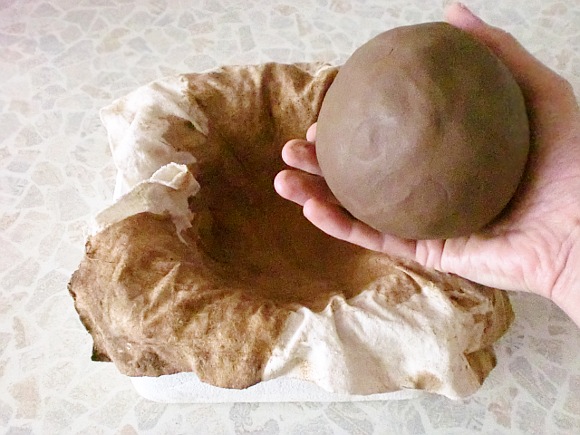
As a rule, clay that we can find in the field contains some mechanical admixtures: pebbles, sand and etc. And in most cases you need to get rid from admixtures somehow. If it is relatively large impurities you can strain clay wash through a thin metal sieve. But if there are many small grains (e.g. sand) in clay it is better to apply the washing method. That’s what we will do today.
So, let’s begin preparing clay by washing.
At first you need to dry clay very thoroughly so it may disperse in water easily. Then take a hammer or something heavy and break big pieces of clay into small ones.
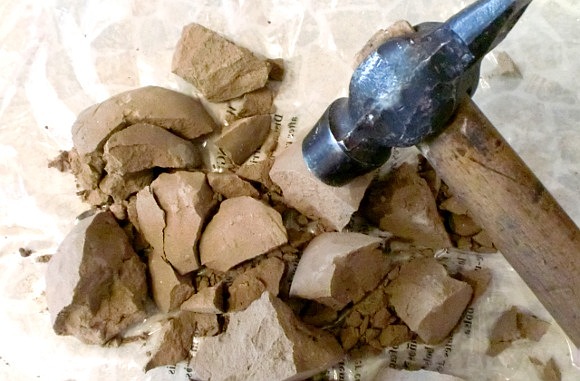
Then place clay into a container (a jar in the picture is for illustrative purposes) and pour water over the clay. Pour enough water to have a mixture that is similar to milk texture.
Now wait until clay is dispersed in water. Depending on the type of clay this process may take from several hours up to several days. Then mix clay thoroughly and let it set for several minutes.
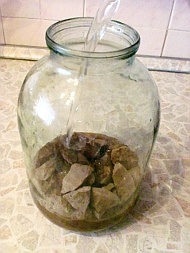
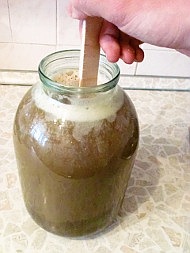
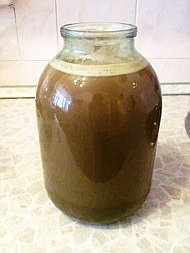
Sand and other admixtures will gravitate to the bottom, and mixture with clay and water will be at the top. Pour this upper part into another container with care. And you have to wait until clay is gravitated to the bottom. This process also takes several hours. Then decant water.
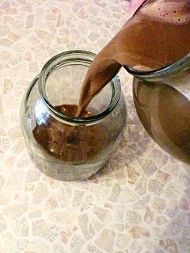
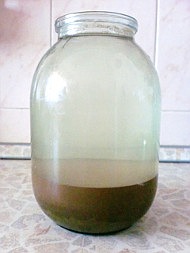

Take out the remaining clay from a container into a gypsum mold to remove excessive moisture.
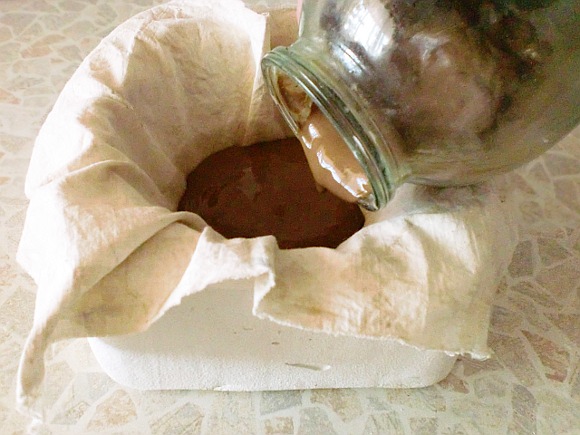
You can substitute the gypsum mold with a box; put a thick layer of newspapers in it.

Cover it and wait again for some time for the clay to “mature”.
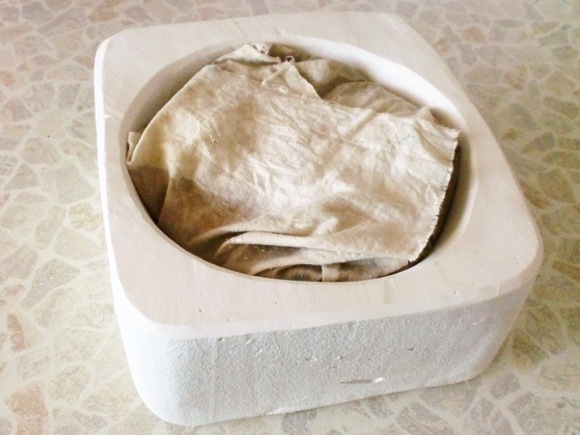
Optimality state for the clay when it does not stick to fingers and at the same time it is soft and pliable.

That’s about it: the clay is ready. Just shape into a ball, for example, and place into a plastic bag (better two bags), that it would not dry out.
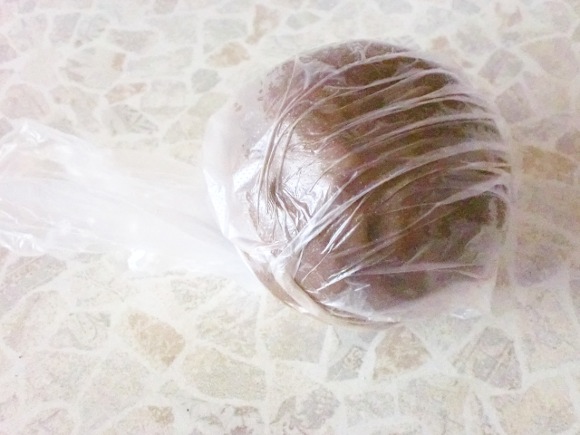
So we have prepared the clay that is now very clean, ready to be used. In the next lesson we will use it on our pottery wheel.
Good-bye for now!
Tags: Clay Categories: Lessons
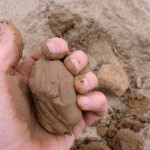
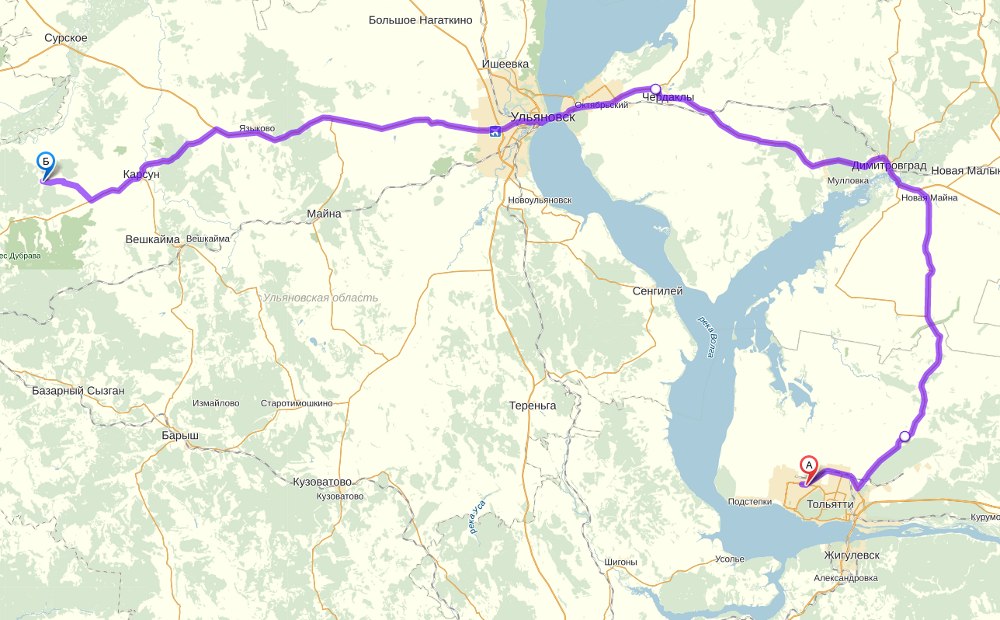
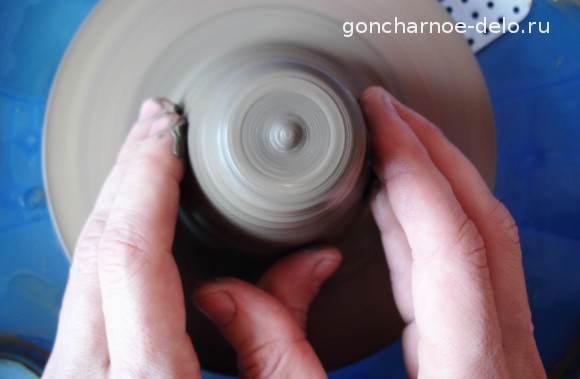
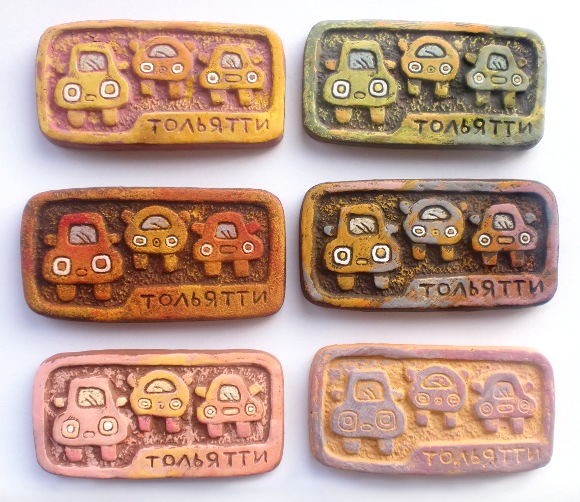
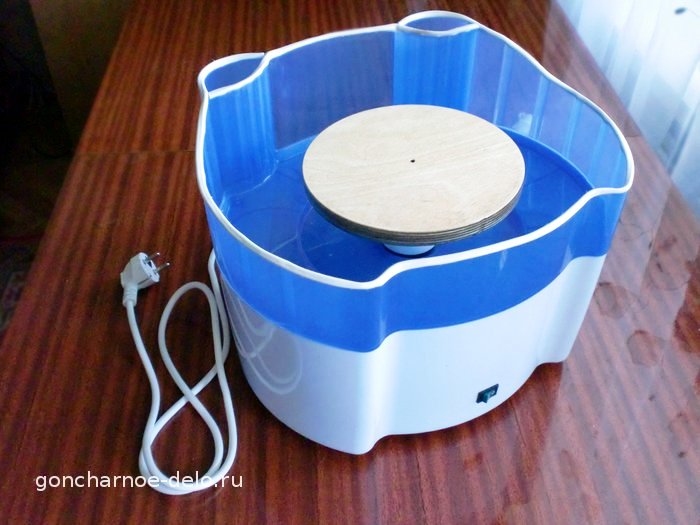
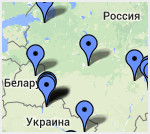
That is one effective method. Thanks for sharing.